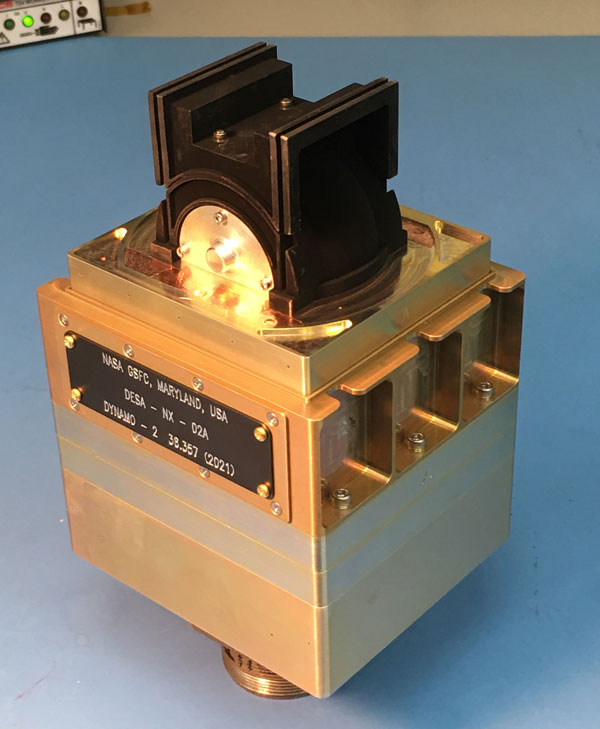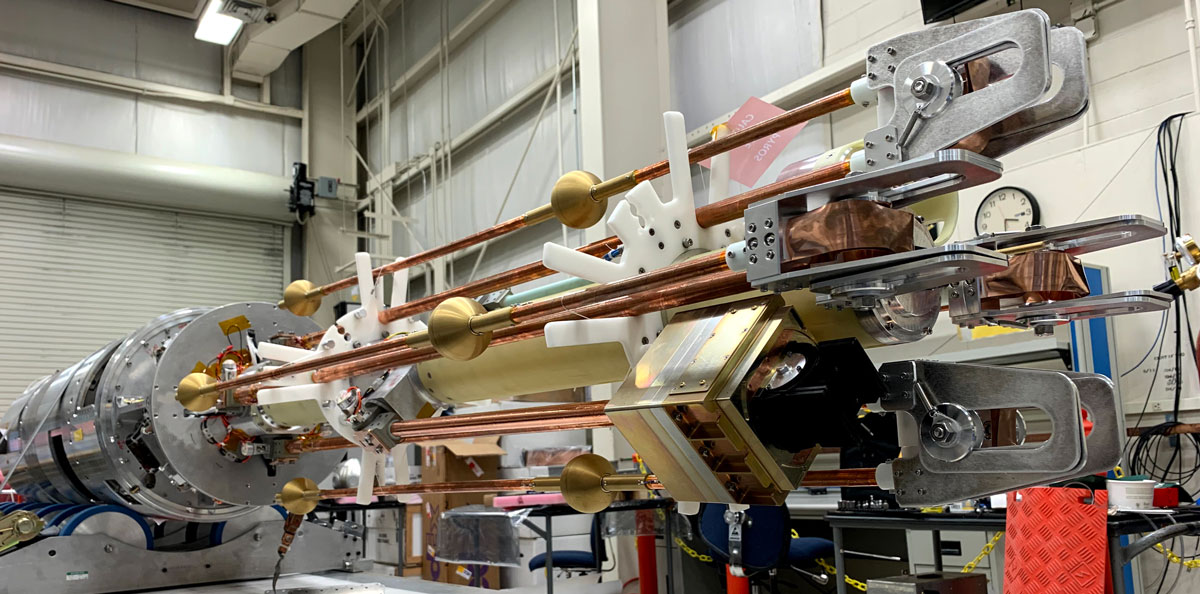
This NASA video shows the July 11 launch of a rocket carrying an instrument developed by Glyn Collinson, a researcher affiliated with Catholic University, that will measure electrical currents in Earth's ionosphere.

A scientific instrument developed by Glyn Collinson, a CatholicU affiliated NASA Goddard Space Flight Center Research Associate, successfully launched into space on July 11 2021.
“It was a long and heart-achy road that led us to the launch pad, but it looks like we had a very successful launch,” Collinson said in an email to his colleagues in the CatholicU Physics Department. “I wanted to share a few photos with you because all of you played an important role in getting this sensor out of my sketchbook and up into space. It belongs to all of you as well.”
Collinson, a researcher with CatholicU’s Institute for Astrophysics and Computational Sciences, works at NASA Goddard to develop new spacecraft instruments. The instrument launched last week is designed to explore the electrically charged upper part of our atmosphere, called the ionosphere. His analyzer has an unprecedented high energy resolution (0.5%, whereas the typical analyzer is closer to 10-17%). His work has been supported through cooperative agreements between the University and NASA, including CEPHEUS (now PHaSER), and the Endurance 2022 Sounding Rocket Mission, for which CatholicU is the lead institution with Collinson as Principal Investigator.
The Endurance Mission will aim to make the first ever measurement of an electrical field generated by the Earth’s ionosphere. This field is thought to help blow charged oxygen from our ionosphere into space, and may play an important role in Earth’s habitability and evolution. Collinson is the lead investigator for test-flight technology of the rockets that are being launched this summer as part of the mission.
